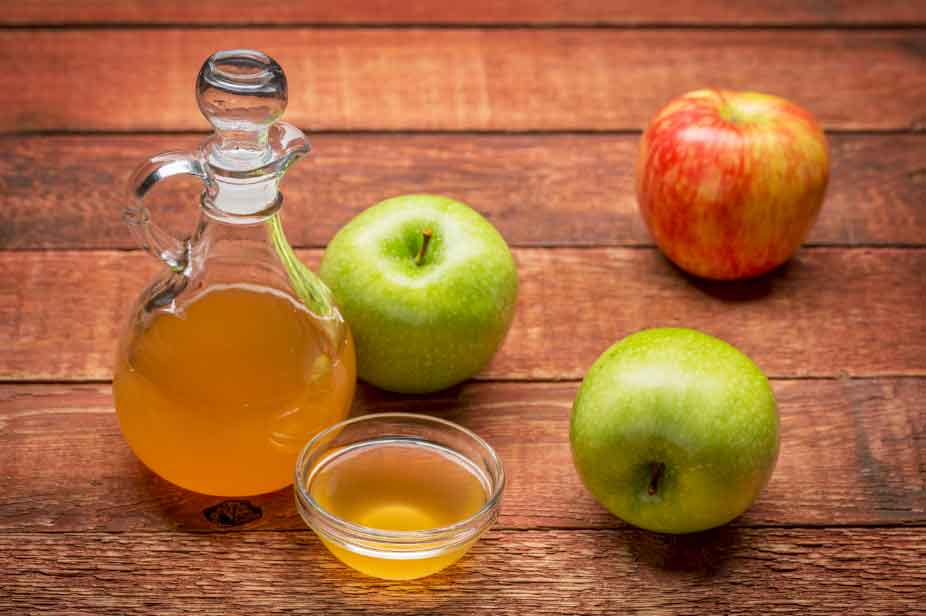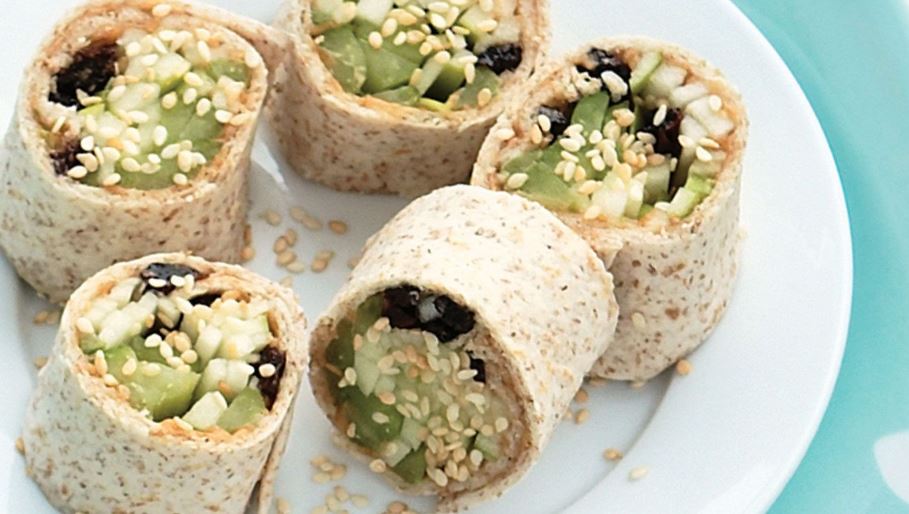
Zero waste apple cider vinegar using apple core and skins
Save your apple peels and cores to make your own apple cider vinegar. Use it as a salad dressing, a marinade for steak, a health tonic or even to wash your hair.
Ingredients
Method
- Clean and sterilise the jar by washing it in hot water then dry in an oven at 120°c for 20 minutes.
- Place apple peels and cores in the jar up to ¾ full.
- Fill with enough water to cover the apple pieces, but don’t fill the glass to the top as the liquid will bubble as it ferments. It is important that all the peels are submerged to avoid mould growing. If the apple pieces float to the top you can place a smaller glass inside to weigh them down – a shot glass works well or you can fill a plastic bag with water and place on top of the apples to keep them submerged.
- Cover with a clean teatowel or muslin cloth or paper towel to allow for air to flow during the fermentation process.
- Store on a tray or in a larger container in a warm dark place for 3 weeks. As it ferments it may bubble over so the tray collects any spillage.
- After 3 weeks, or when the colour of the liquid starts to darken, strain the apple pieces out and then return the liquid to the jar to ferment for another 4-6 weeks, stirring and tasting occasionally.
- Once it has reached a taste you like it needs to be refrigerated as the taste will strengthen if it remains on the shelf. You can decant it into a sterilised bottle or keep it in the jar. Once refrigerated it should last up to a year.
Tips
- If the vinegar becomes cloudy that’s completely fine. If black or blue mould forms on the surface then you will need to discard it. A scoby or mother may also form on top of the surface. Your vinegar is still safe to use so just strain the mother out.
- Always save the last few tablespoons of your vinegar and then add to the next batch you make as it will speed up the fermentation process. Add 1 1/2 tablespoon raw apple cider vinegar for every 2 cups of water.





